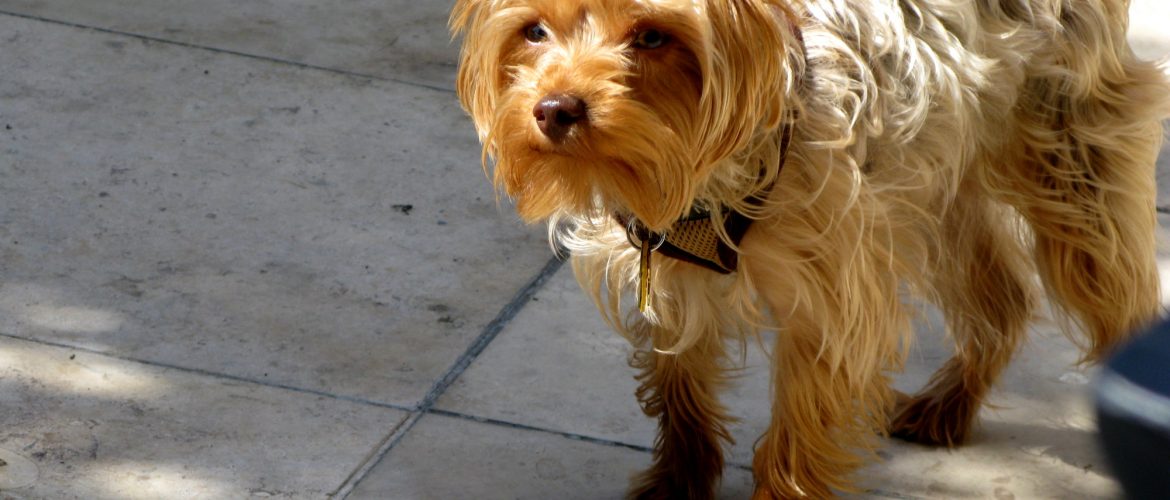We hear of this scenario often: a pet owner returns home from work or an errand to find that their bed has been “mistaken” for a litter box, or there are scratch marks on the door, or their favorite shoes have been destroyed. What’s going on with your pet? When it comes to behaviors like these, anxiety is often the most common denominator. Pets express these feelings in different ways, including destruction, vocalization, eliminating in the wrong places, and aggression. What can you do to help your pet when they’re struggling with anxiety? Read on:
Figure out the trigger. Common fear triggers for pets include separation from their owner, thunderstorms, fireworks, car travel, construction noises, strange people or animals. A big change, such as a move, or a new baby, can manifest anxiety in pets, but often, anxiety isn’t so rational. Sometimes there is no clear reason why the pet is afraid of something, and it’s important not to take negative behaviors personally.
Visit the Veterinarian first to rule out any medical issues that could be a simple fix. For example, cats urinating in places they shouldn’t be can be indicative of a bladder or kidney problem. Dogs that obsessively chew their paws could have a skin issue. Pets who are extremely anxious everyday to the point that it’s affecting their quality of life may require medication to keep them comfortable. Your vet can help you decide the best course of action.
Refrain from punishment, or consoling. Giving your pet attention or food when they are stressed can encourage the behavior to continue, and punishing your animal for acting out of fear can damage your relationship with them or make behaviors worse. Instead, try to distract your pet with a physical activity, such as a walk, or playing with a favorite toy.
Equipment can help. Some dogs respond very well to crate training for anxiety. This also comes with the bonus of your possessions not being destroyed when the pet is confined. Many dogs love the feeling of being inside their very own “den.” Covering the cage with a blanket can also help; many dogs prefer a “cave style” feel, with one side left open for viewing their surroundings. Another available calming item is shirts that are specially designed to “hug” pets, giving them a feeling of warmth and peace.
When your pet displays negative behaviors, there is almost always an underlying cause. Working to figure out the cause can be a process, but our furry friends are worth it. Stop by Leo&Lucky’s any time to ask questions or pick up supplies for your anxious pet (and don’t forget about our free local delivery for orders over $49!) We are here to help!


